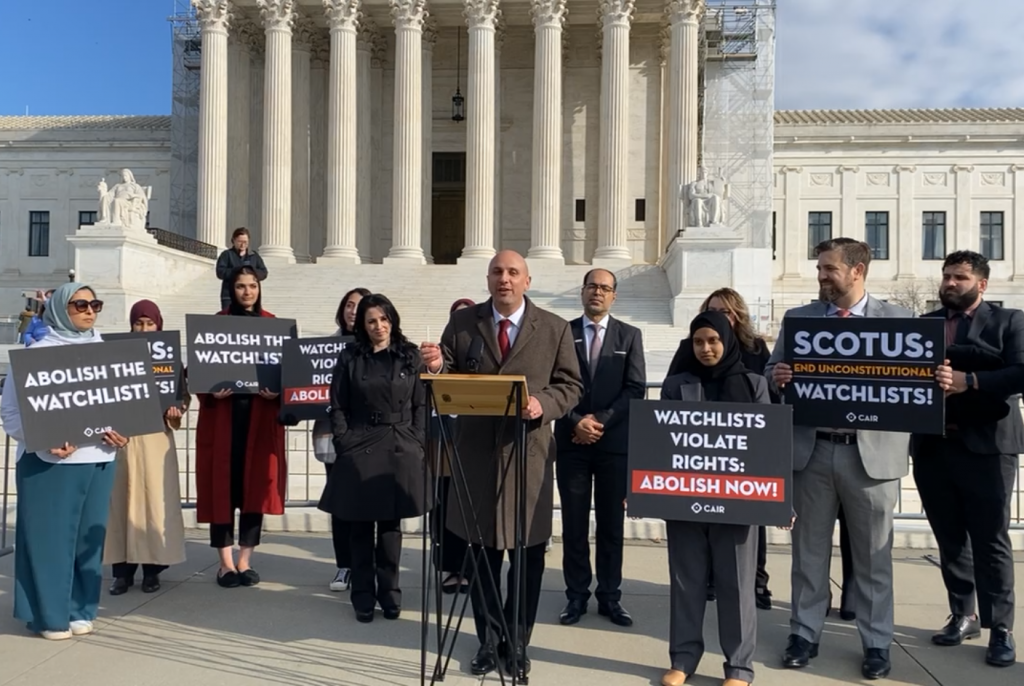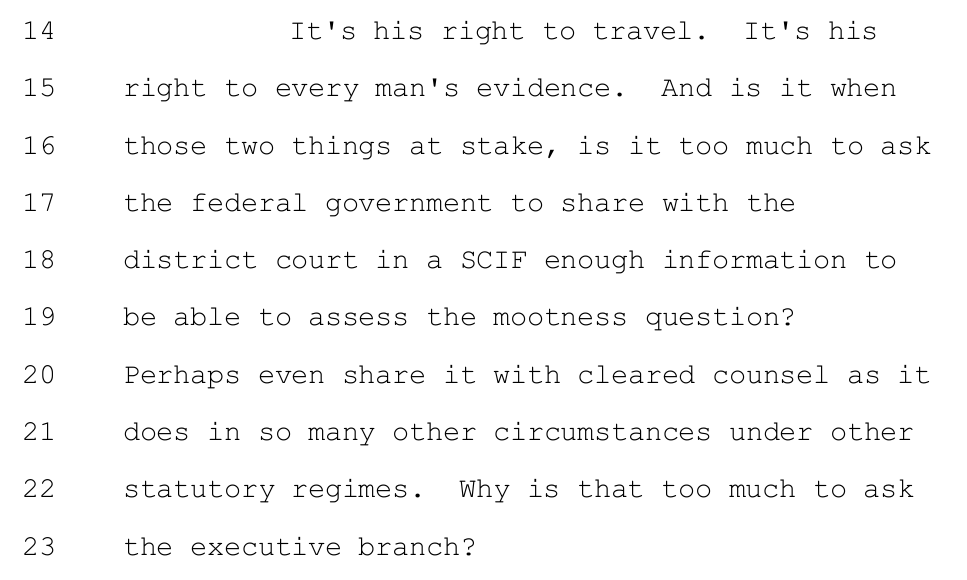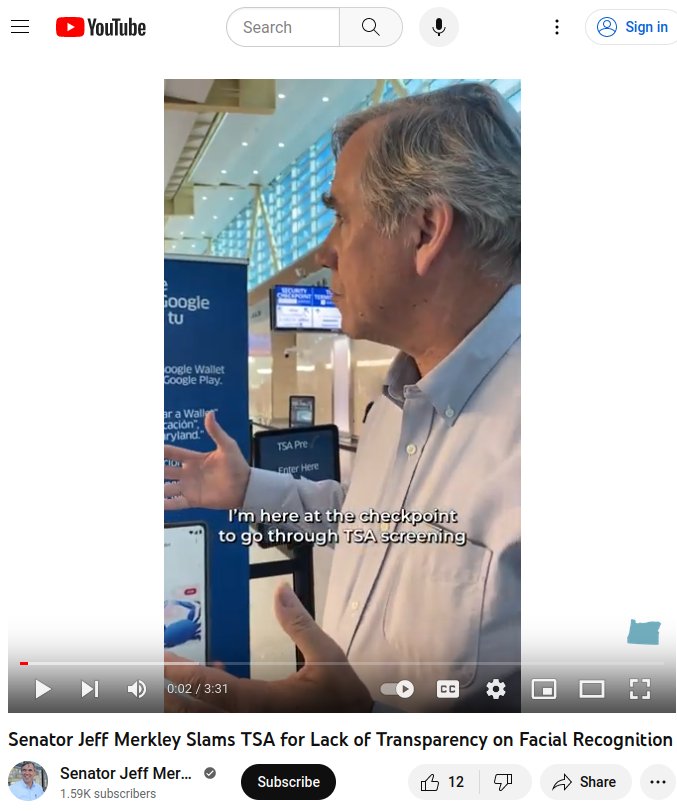FOIA follies at the State Department
It’s sometimes hard to say which Federal agency does the worst job or displays the most bad faith in responding (or not responding) to Freedom Of Information Act requests.
But the latest actions by the FOIA office of the Department of State certainly place near the top of our all-time scorecard of FOIA follies.
In the past, our worst FOIA experiences have been predominantly with the Transportation Security Administration (TSA) and other components of the Department of Homeland security (DHS). There was the time the TSA’s Chief Privacy [sic] Officer circulated libelous statements about us to the FOIA offices of all DHS components, in the hope of influencing them not to take us or our requests seriously, and then the TSA FOIA office tried to hide this misconduct from us by illegally redacting the libelous lines from the versions of their internal email messages that they released to us. We found out only when another staff person accidentally sent us an unredacted copy of the incriminating TSA email.
For more than a decade, the TSA FOIA office has included knowingly false bad-faith boilerplate in every letter or email message it sends about any FOIA request, claiming that “This office can be reached at 571-227-2300”. That same number and a toll-free number that goes to the same line, 866-364-2872, are the only phone numbers listed on the FOIA section of the TSA’s website or on FOIA.gov. But as anyone can easily verify, that number is answered by an automated system of recorded messages with no option even to leave a voicemail message, much less to reach any human being. The recording played at that number begins, “This phone line is not staffed by FOIA employees.” It’s impossible to contact the FOIA office, or to contact anyone, at that number.
The recorded phone messages advise FOIA requesters to contact the TSA FOIA office by email, but our email messages to that office are rarely answered. It’s unclear if they are received and ignored, or not received at all. If your email to the TSA FOIA office is filtered out as spam, there’s no way to know, or to follow up by phone. When we wrote to the TSA’s FOIA Public Liaison about this, at the address in their letters and on their website, by certified mail, return receipt requested, our letter was returned marked “Vacant. Unable to Forward.”
So what has the State Department done to rival the TSA’s record of FOIA bad faith?
The saga begins at some unknown date more than a decade ago, when the State Department began singling out some arbitrarily selected subset of disfavored applicants for U.S. passports and illegally demanding that they fill out a bizarre supplemental “long form” passport application asking questions such in what church they were baptized, every address at which they had ever lived, and every employer for which they had worked. (Imagine trying to fill that out if you worked as a day laborer.)
The selective imposition of a deliberately more difficult questionnaire for some applicants is disturbingly reminiscent of the “Jim Crow” practice of selectively requiring African-American applicants for voter registration to answer a more difficult version of a literacy or civics questionnaire.
The Paperwork Reduction Act requires that all forms like this be approved by the Office of Management and Budget before members of the public can be required to fill them out, but the State Department never submitted this passport form to OMB.
In 2011, however, the State Department asked OMB to approve an even longer supplemental “long form” for certain applicants for U.S. passports, adding questions such as your mother’s address one year prior to your birth, the dates of each of your mother’s pre-natal medical appointments, a complete list of everyone who was in the room when you were born, and whether (and if so in what circumstances) you were circumcised.
We filed a FOIA request in April 2011 with the State Department to find out how long this and similar unapproved forms had been in use, how many passport applicants had been singled out for this second-class treatment, and how they were selected.
In July of 2011, we filed another FOIA request to find out what had happened to our unanswered complaints of human rights violations by the State Department, including those related to passport issuance and requirements.



